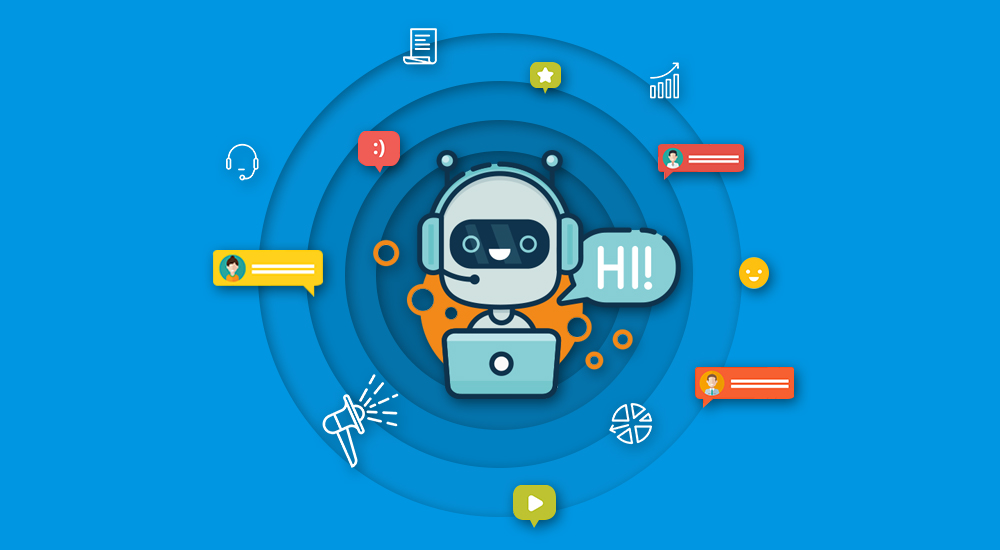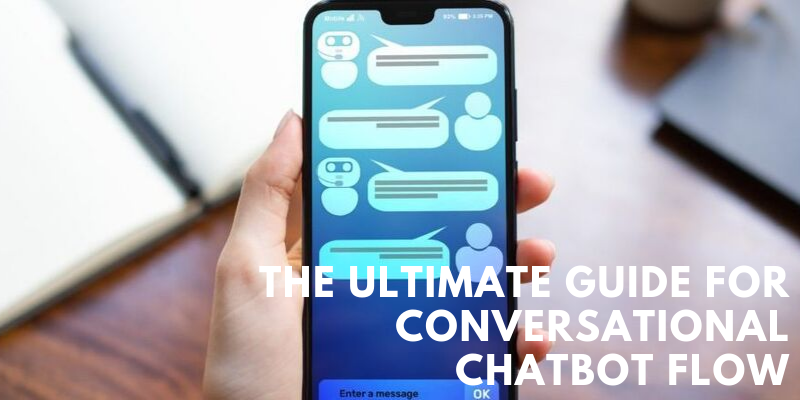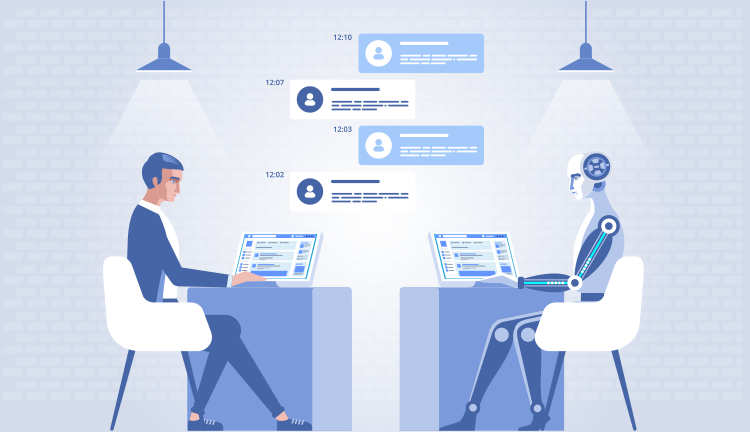As brands are focusing more on promoting personalized experiences, more and more intelligent chatbots are being built to engage users and improve brand image. That said it is a rarity to find a live intelligent chatbot, also called AI chatbot. As the thought of a chatbot springs up, we know it is not a real person for sure. What we know is that chatbot brings a human touch. For that to become a reality, chatbots need to be really intelligent.
Over the past years, the use of chatbots for business has become a popular and frequent occurrence. Chatbots for business can be used to automate routine operations for clients or managers.
Data is generated and collected every time in our day to day lives. Now chatbots can be integrated into almost any chat application and are also finding applications in various industry verticals in recent times. In order to get public applause, chatbots need to be simple and conversational. Developers are already finding new applications of chatbots and have come up with new and innovative strategies as the adoption of chatbots will only increase in the coming years.

Now let’s dive in deep how chatbots work –
If we put up in layman’s language, a chatbot offers assistance similar to a human serving as a help desk. So when the end consumer opens up a dialogue box for conversation, the Chatbot becomes the medium that responds. The functioning of chatbot begins as soon as the user sends a message or request. Chatbots process the request to similar information and try to generate the response.
The chatbot works by mapping out all the possible replies to visitor’s chat message. When a new message comes in, it finds a list of possible replies and estimates how likely each of them is to answer to the visitor’s message. If the likelihood (so-called ‘confidence level’) is above a predetermined threshold (e.g. 90%), the chatbot replies automatically to the visitor.
The chatbot repeats this cycle and keeps the conversation going until the confidence level drops below the threshold value. At that point, it apologizes and displays the default message like “sorry I couldn’t understand what you said”.
In order to have a smart chatbot that can surplus the threshold value it must have four major pillars:
1- Text Classifiers
2- Algorithms
3- Artificial Neural Networks
4- Natural Language Processing
1- Text Classifiers: Segregating a piece of data (word or sentence) into multiple categories of intents (An intent represents the purpose of a user’s input. You define an intent for each type of user request you want your application to support) or extracting generic tags from unstructured text. For instance, if the visitor enters the text say “Hello, Good Morning” it is associated with greetings and response must be “Good Morning, how may I help you”.
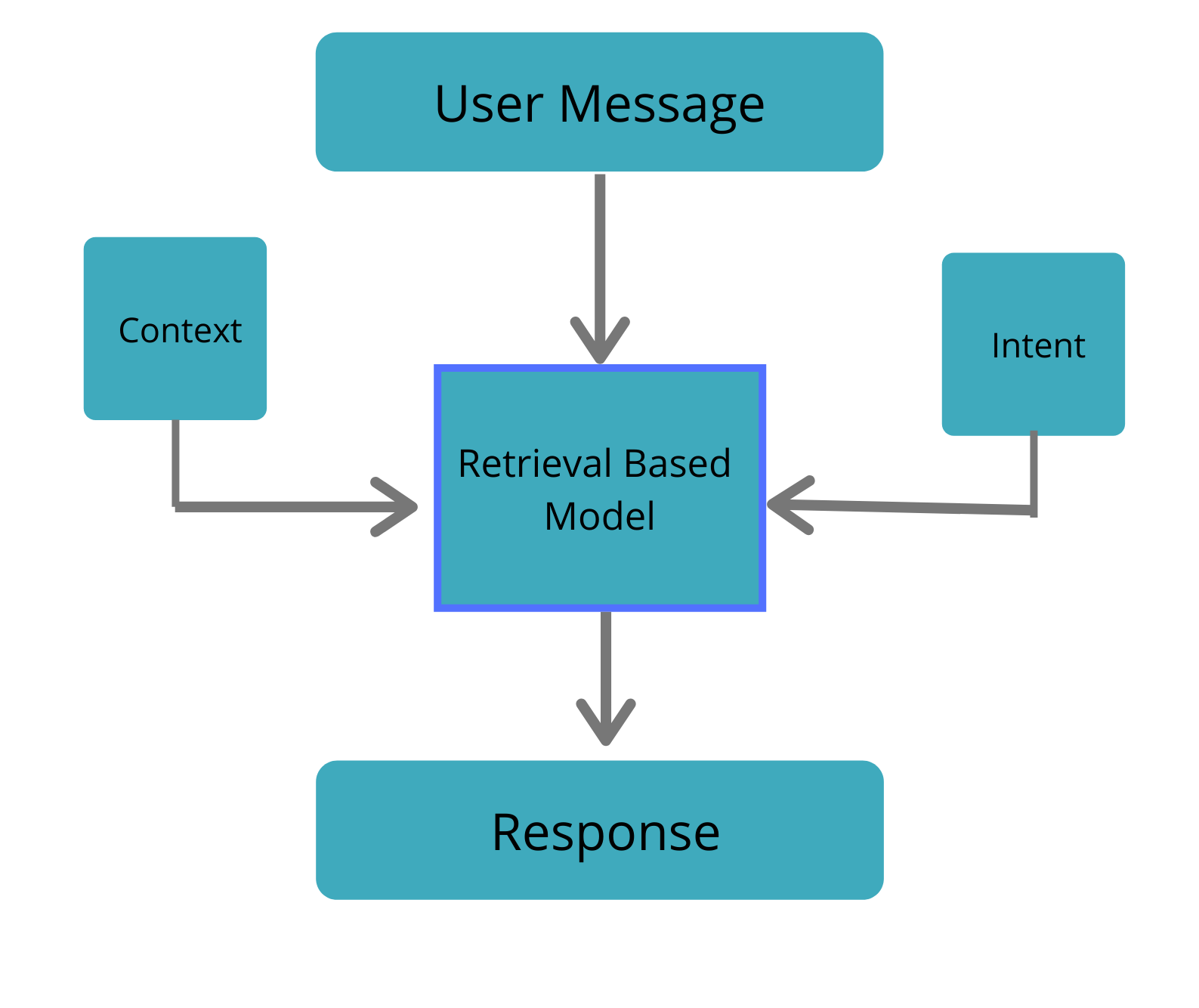 2- Algorithms: Algorithms are written to pick keywords from the natural language written by human beings and make sense out of them. For different kinds of questions, a unique pattern must be available in the database to provide a suitable response. With lots of combinations of patterns, it creates a hierarchical structure. We use algorithms to reduce the classifiers and generate a more manageable structure. Computer scientists call it a “Reductionist” approach- in order to give a simplified solution, it reduces the problem.
2- Algorithms: Algorithms are written to pick keywords from the natural language written by human beings and make sense out of them. For different kinds of questions, a unique pattern must be available in the database to provide a suitable response. With lots of combinations of patterns, it creates a hierarchical structure. We use algorithms to reduce the classifiers and generate a more manageable structure. Computer scientists call it a “Reductionist” approach- in order to give a simplified solution, it reduces the problem.
The best example could be Naive Bayes for text classification-
3- Artificial Neural Networks: The Chatbot Intelligence is decided by what kind of Artificial Neural Networks deployed at its backend.
Artificial Neural Networks is a term derived from Biological neural networks that construct the structure of a human brain. Like the human brain has neurons interconnected to each other, artificial neural networks also has neurons that are interconnected to each other in different layers of the network. These neurons are called as nodes.
A typical artificial neural network looks something like this:
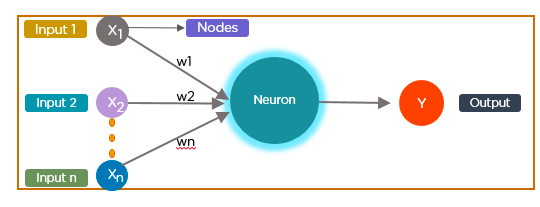
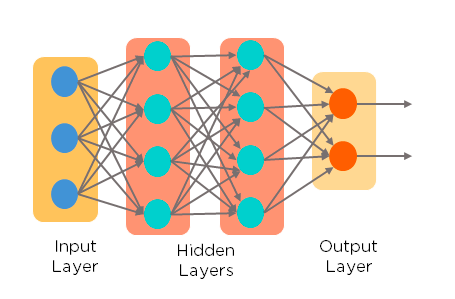
4 – Natural Language Processing: In simple terminology, it is a skill of a machine to decode and process human-understandable language within the context in which it is spoken. NLP Chatbot takes some combination of steps to convert the visitor’s text or speech into structured data that is used to select the related answer.
Say you have a chatbot for customer support, it is very likely that users will try to ask questions that go beyond the bot’s scope and throw it off. This can be resolved by having default responses in place, however, it isn’t exactly possible to predict the kind of questions a user may ask or the manner in which they will be raised.
When it comes to Natural Language Processing, developers can train the bot on multiple interactions and conversations it will go through as well as providing multiple examples of content it will come in contact with as that tends to give it a much wider basis with which it can further assess and interpret queries more effectively.
Now let’s understand the basic architecture of how chatbot works:
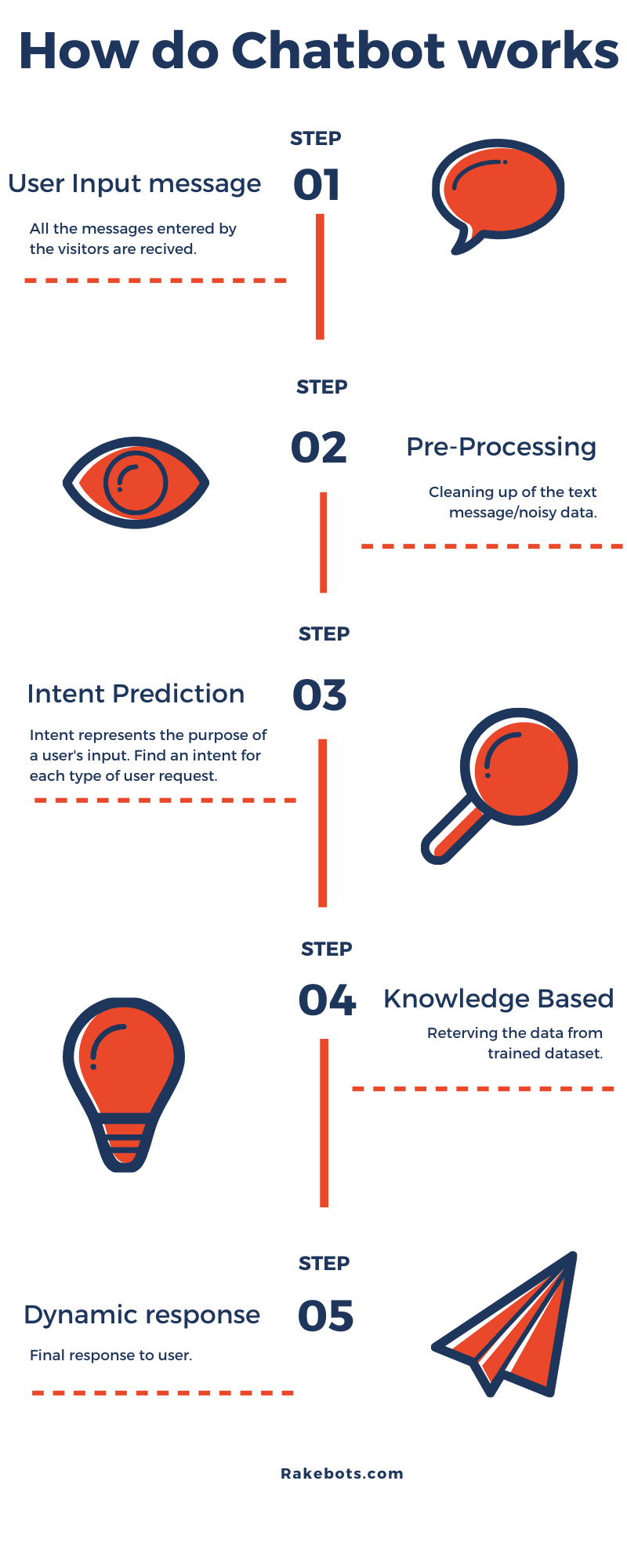
This understanding of language is based on NLP. NLP is a part of machine learning and artificial intelligence. Basically, NLP works on two concepts: intent and entity. The ability to identify the user’s intent and extract data and relevant entities contained in the user’s request is the first condition and the most relevant step at the core of a chatbot.
The bots are trained according to the past information available to them. So, most organizations have a chatbot that maintains logs of discussions. Developers utilize these logs to analyze what clients are trying to ask. With a blend of tools and models, developers coordinate client inquiries and reply with the best appropriate answer. For example, if any customer is asking about payments and receipts, such as, “Where is my product payment receipt?” and “I haven’t received a payment receipt?”, both sentences are taken to have the same meaning.
Once the chatbot has determined the intent it makes a decision by leveraging pre-existing knowledge. Based on this decision, the chatbot takes action to achieve a predefined response. Use neural networks to make the chatbot to take actions depending on the request placed by the user.
Conclusion:
Vast developments in the field of artificial intelligence in the past few years have significantly benefited the level of maturity that chatbots have witnessed from being simple answer machines with scripted responses (rule-based) to the present day chatbots that are smart enough to effectively engage complex queries. Businesses are adopting AI chatbots, which demonstrates the capabilities of chatbots.



